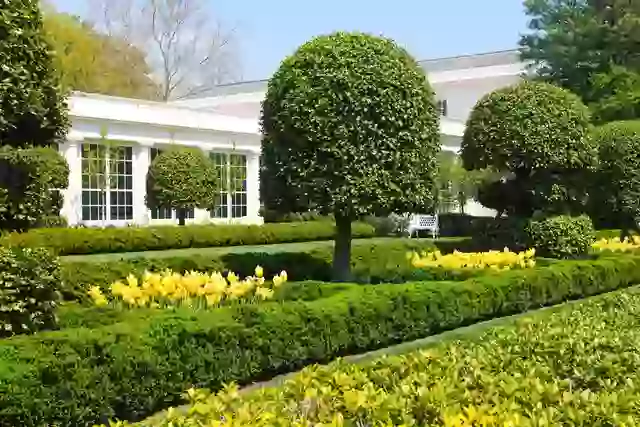From Atlantic City to the White House: The Tale of Two Failed Legacies
As Donald Trump’s Atlantic City casinos crumbled into dereliction and bankruptcy, a new controversy is brewing—not on a boardwalk, but on the grounds of the White House.
The Rose Garden, long a cherished symbol of presidential grace and history, has been transformed into a stark, grey expanse of concrete under Trump’s administration.
Critics are now asking: is this the latest chapter in a familiar story of mismanagement and disregard for heritage? And what does this say about the legacy Trump is carving out for himself?

Echoes of Atlantic City’s Decline
Before stepping into the political arena, Trump’s name was synonymous with flashy real estate and casino ventures. Starting with Trump Plaza in 1984, followed by Trump’s Castle and the vast Trump Taj Mahal, he sought to dominate Atlantic City’s gaming scene.
Yet, despite grand ambitions, Trump Entertainment Resorts declared bankruptcy three times between 2004 and 2014. By 2016, most of these casinos were shuttered or sold off, leaving behind a trail of abandoned, decaying structures that marred the once vibrant boardwalk.
Local residents even celebrated the demolition of Trump Plaza Hotel and Casino in 2021 as a moment of renewal—a chance to erase the blight that had lingered for years.
A Garden’s Fall from Grace
Fast forward to Trump’s presidency, where grand renovations are underway at the White House, including a $200 million expansion of the East Wing ballroom. But it is the transformation of the iconic Rose Garden that has sparked the fiercest debate.
This garden, with roots tracing back to President Theodore Roosevelt and First Lady Edith Roosevelt’s 1902 colonial design, has long been a living emblem of America’s presidential history. Its name was formalized by First Lady Ellen Wilson, and under President Franklin D. Roosevelt, it received a significant redesign. The Kennedy administration’s enhancements in 1961 added a French flair that endured for decades.
But since the Trumps arrived in 2020, the garden’s character has changed drastically.

First Lady Melania Trump’s initial facelift—featuring a new limestone walkway—was met with mixed reviews, with critics calling it cold and uninspired. Presidential historian Michael Beschloss described it as an “evisceration” of historical essence.
The controversy deepened when the Trump administration replaced the garden’s lush lawn with a vast concrete patio. Unveiled on August 1, the new design turned what was once a vibrant, green oasis into a dull, grey slab—eliciting sharp rebuke.
Social media reactions ranged from nostalgic grief to biting satire:
“Trump’s turned Jackie Kennedy’s Rose Garden into a parking lot—a bleak farewell to history and nature.”
“Looks like the tombstone on the US economy.”
“Just more concrete in the heart of the capital’s concrete jungle.”
“Now I see how he bankrupted casinos—it all comes full circle.”
The late Robin Williams’ words from 2012 resurfaced, likening Trump’s Atlantic City ventures to a nightmarish “Wizard of Oz on acid,” and calling him a man who “plays Monopoly with real buildings.”

Defending the Concrete Oasis
Despite the backlash, White House officials have defended the renovation, asserting it honors the garden’s historic legacy with a modern touch.
Conclusion: A Garden’s Concrete Metaphor

Donald Trump’s reimagining of the Rose Garden has sparked a storm reminiscent of the criticism that once surrounded his Atlantic City empire’s collapse. What was once a lush and historically vibrant landscape now stands as a concrete-heavy, lifeless space—polarizing opinions and stirring debate about respect for tradition versus the drive for modernization.
In many ways, the Rose Garden’s transformation symbolizes the broader narrative of Trump’s legacy: a blend of bold ambition, sharp division, and lasting controversy over stewardship of both physical spaces and public trust.
